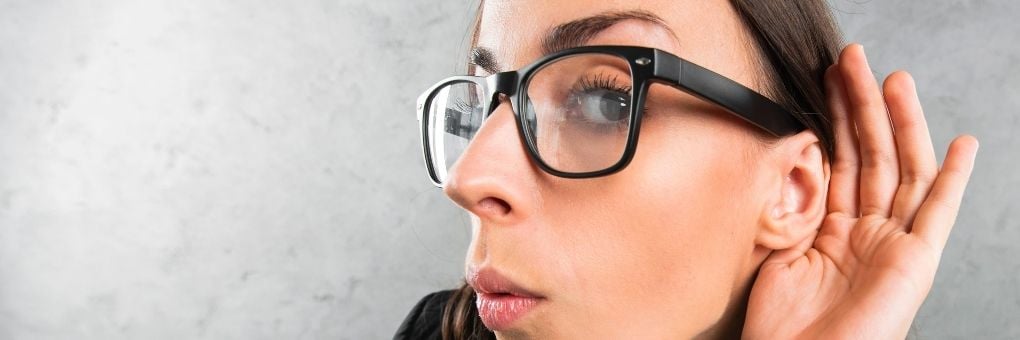4 Message-Muddling Communication Myths
If you've read any of our other blogs, or know me, you probably know that I think communication is kind of a big deal. We've all been in a situation when our gut instincts were pretty on target, but these common assumptions can get us into trouble when it comes to communication. Keep reading to learn what message-muddling myths you should avoid.
1. What I heard is exactly what you meant
You can't assume that just because you said, emailed, texted, or smoke-signaled something to someone, that they got the message. Ask a question that brings the other person into the conversation so you're engaging them instead of talking at them. This allows you to confirm that they heard (and understood) your message.
If you're the listener, take the initiative to ask clarifying questions, like "So you're saying_______," or "Does that mean we need to_________," to keep each other on the same page.
2. Silence during a conversation is bad
Pauses in the middle of a conversation can get a little awkward. We don't like to wait for an answer, and our gut instinct is to fill the dead air, even if it's with inconsequential babbling. Don't be too hasty to start yapping. The other person might be processing, problem-solving, or connecting the dots, and they need you to respect the silence while they think.
Fun fact: Eastern cultures tend to value silence to add emphasis to words and thoughts while European and American cultures are less comfortable with silence or conversational pauses.
3. You communicate just like me
 The truth is that no one communicates exactly the same as you. We have a communication questionnaire that we like to use for some of our classes, and we've never had two people in the room get the same results. For instance, it's not fair of me to expect that you like to text as much as I do, just like it's not fair of you to assume that I love email as much as you. I'm willing to meet you in the middle, but you have to understand and respect that it might be a little tricky.
The truth is that no one communicates exactly the same as you. We have a communication questionnaire that we like to use for some of our classes, and we've never had two people in the room get the same results. For instance, it's not fair of me to expect that you like to text as much as I do, just like it's not fair of you to assume that I love email as much as you. I'm willing to meet you in the middle, but you have to understand and respect that it might be a little tricky.
4. Message matters more than medium
The way you communicate a message matters--whether it's your chosen mode of communication, or the way you word/say/present something. If you don't put as much thought into how you share a message as you invest in the message itself, chances are someone will miss it or it will become misinterpreted. Get in the habit of checking your tone and nonverbals--even in texts and emails. Tiny nuances have a huge impact on how your message goes over.
Take, for example, "Congratulations." vs. "Congratulations!" Same words, different meaning. Which one would you believe more? What does the first one convey that the second doesn't and vice versa?
Story Time...
 Once upon a time, there was a young couple from the other side of the world--think Romeo and Juliet (spoiler alert: nobody dies). They wanted their families to bless their marriage, but the groom came from a much poorer family. One day the two matriarchs sat down to tea to discuss the compatibility of their children.
Once upon a time, there was a young couple from the other side of the world--think Romeo and Juliet (spoiler alert: nobody dies). They wanted their families to bless their marriage, but the groom came from a much poorer family. One day the two matriarchs sat down to tea to discuss the compatibility of their children.
They chatted about the weather and made small talk over the tea and bananas the bride's mother had set out. After a short while, the women bowed to each other, and the groom's mother went home and told her son that the marriage could not take place; it was a bad match.
Time out. Is she just telling him that because she didn't like his future mother-in-law? How could she know it was a bad match-- they didn't even talk about the marriage, right?
Actually they did, they just didn't say it in words. The key here was the tea and bananas. By serving this during their conversation, the bride's mother told the groom's mother that the match was unsuitable, and she did not approve.
This is a pretty extreme example from a high-context culture, but can you see how this might apply to your own communications? Even if you're not a fan of tea and bananas, how can you hone in on what's really going on around and listen more actively? How is the other person sitting/standing/ gesturing? Where are they looking, what are they doing? Tune into nonverbals like facial expression and body language, and see if they match the verbal message.
Think of a time when...
You let one of the previous assumptions influence your conversation or communication with another person. What happened and what did you learn? You could even use the STAR feedback formula!









